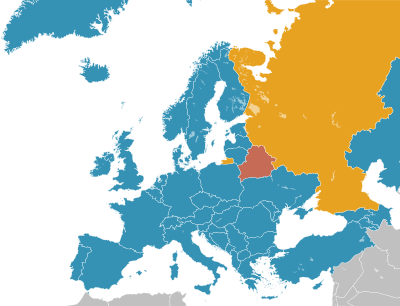Capital punishment in Sweden
By the 18th century all beheadings were made by axe, for commoners and nobles alike, and some crimes such as forgery always carried the punishment of hanging.
During the 19th century, each province of Sweden along with the City of Stockholm had an appointed executioner who travelled the area to carry out executions.
Mohammed Beck Hadjetlaché, an exiled monarchist and member of the White movement, received the last death sentence in Sweden, on 28 May 1920, for robbery-homicide of three Russian nationals, all supposed Bolshevik sympathisers in the so-called Ryssvillan ("Russian villa") in 1919, though the crimes, denounced as particularly gruesome and meticulously planned, may have claimed another four victims, all missing to this day.
His accomplices received lesser penalties, and after appeal, the death sentence (as was practice at the time) was changed in Svea Hovrätt (appellate court) to a lifetime of hard labour.
The last woman executed in the capital of Stockholm was Helena Katarina Löv, who was decapitated for the murder of a child on 19 September 1829.
Both had been sentenced to death for the same crime, a failed robbery against a stagecoach two years earlier, which resulted in the murder of one of the passengers and the driver of the coach.
[citation needed] The last time a death sentence was carried out for any other crime than murder was on 10 August 1853 when Mårten Persson was executed for aggravated assault at Rögla (near Ystad).
[7] The last execution carried out for a non-fatal assault was on 29 March 1837, when Anders Gustaf Lindberg was beheaded in Stockholm.
Today, most political circles are opposed to the idea of reintroducing the death penalty, although it has had support from the Sweden Democrats from 1988 to 1998.

